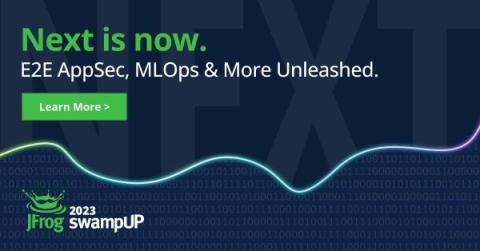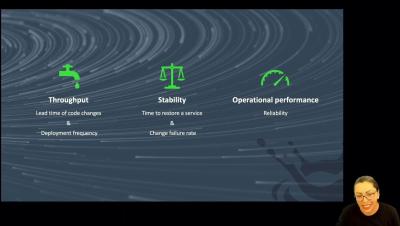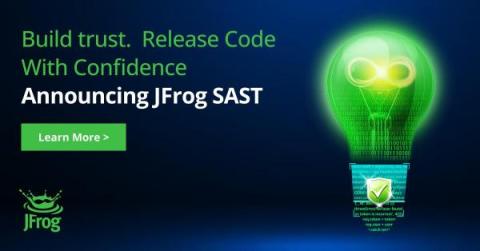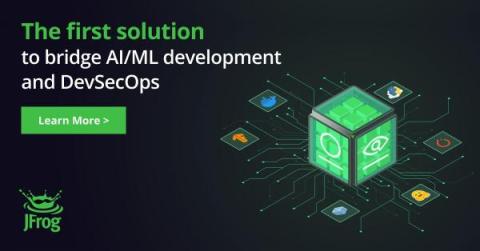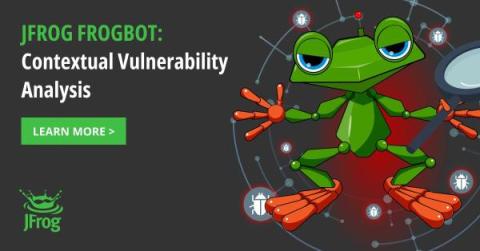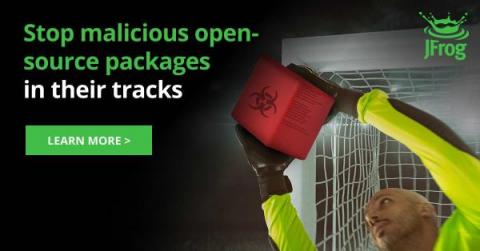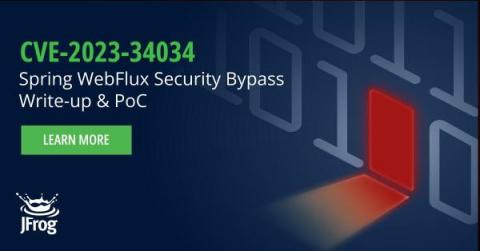Release with Trust or Die. Key swampUP 2023 Announcements
Every year, JFrog brings the DevOps community and some of the world’s leading corporations together for the annual swampUP conference, aimed at providing real solutions to developers and development teams in practical ways to prepare us all for what’s coming next.


